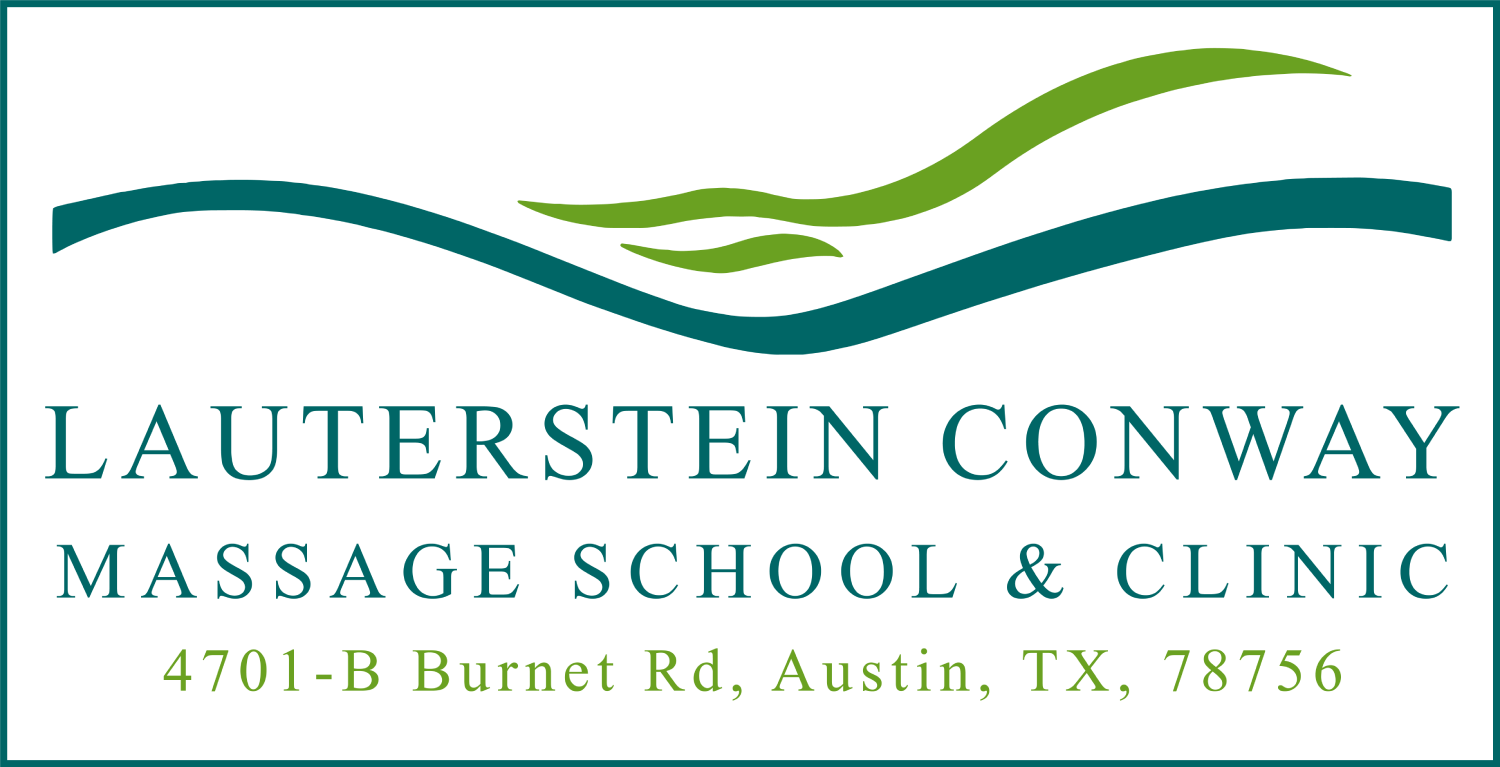by Nancy Dail
Picture a bowling ball balancing on a stick. This is similar to how the head, which weighs approximately 10-12 pounds, precariously perches on seven cervical vertebrae and disks and is supported only by a network of muscles, tendons, and ligaments. The cervical vertebrae connect to the thoracic and lumbar spines, and the trunk lends its bulk to supply a base for the neck. The muscles work constantly to support the head in its many positions. The posture of the shoulders, neck, and head influences the condition and tonicity of the muscles. When the shoulders are rounded forward from slumping in a chair, the head tries to compensate for the posture by assuming a forward position not unlike that of a turtle sticking its neck out of its shell. This does, however; present a problem.
When located in front of the body, the head is perceived to weigh more than it does when balanced on top of the spine. Gravity assists the head-forward posture to cause more pressure on the cervical vertebrae and stress on the posterior cervical muscles. The results over time could be increased tension, headaches, muscular hypertonicity, trigger points, and postural acceptance of the head-forward posture.
Regardless of the head’s actual position, all the muscles connected to the head and/or skeletal structure participate in its actions. The head can flex forward, side bend or laterally flex, rotate, extend and hyperextend. Generally, muscles located anteriorly flex the head, and muscles located posteriorly extend the head. Muscles do not work alone; they work in collective groups. They are strategically placed to oppose each other perfectly to create balance, offset primary action, and support a strong structure.
Flexion is complicated by the weight of the head, gravity, and the position of the head as it flexes. For example, when a person flexes the head forward just a few degrees, such as when reading a book, and then extends the head back slowly, the posterior cervical muscles are hard at work. While the head is in flexion, the posterior cervical muscles are lengthened or stretched, acting as brakes to prevent the head from falling forward. Over time, while the head is in this slightly flexed forward position, the posterior cervical muscles play a continual tug-of-war with the head, building up tension in the muscles that work the hardest. In constant flexion, the flexors eventually get shortened in their contracted state. It takes more force or muscle power to extend the head and counteract the action of flexion and gravity in this sustained position. It is no wonder, then, that the posterior cervical muscles have so much tension constantly combating flexion.
The same principles hold true for lateral flexion. When the head laterally flexes, the opposite side prevents the head from staying in that lateral position. The muscles on the opposite side brake in their lengthened, or eccentric, state, already anticipating contraction, or concentric action, to return the head to extension or to laterally flex to the other side.
For these reasons, it is important to use massage techniques on all the head and neck muscles because they balance each other and are really part of the total joint action. Dimensional Massage Therapy methods look at the actions of the client and then examine the opposing muscles: Which muscles are being stretched or lengthened (eccentric contraction) by the action? Which muscles are synergists (concentric contraction)? What are the primary actors or agonists, assistants or synergists, and opposing actors or antagonists, and which muscles are constantly stabilizing the joint? Remember, there may not be a lot of action. The position of the head when it is resting on a pillow or when the person is reading or working at a desk may stress the muscles that need to provide brakes, stability, or action for the head and neck. This particular aspect makes the joints and soft-tissue structures of the head and neck more complicated than others in the body.
From Kinesiology for Manual Therapies by N. Dail, T. Agnew and RT Floyd, McGraw-Hill 2011. Chapter 14.
Learn more at the Dimensional Massage for Neck and Upper Extremity Pain workshop with Nancy Dail on April 17-19. CLICK HERE to register today!
